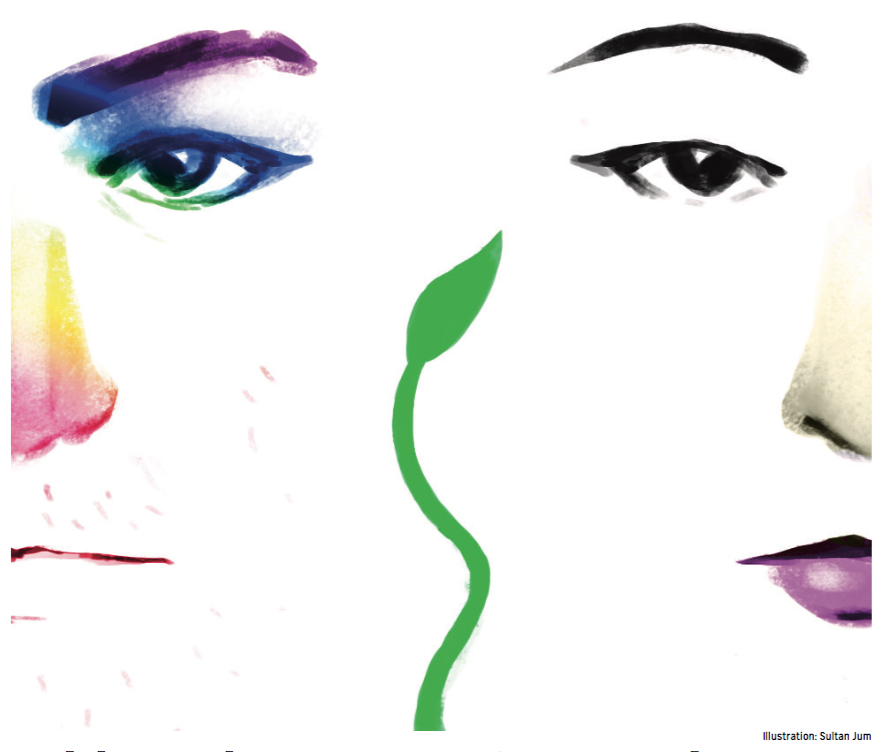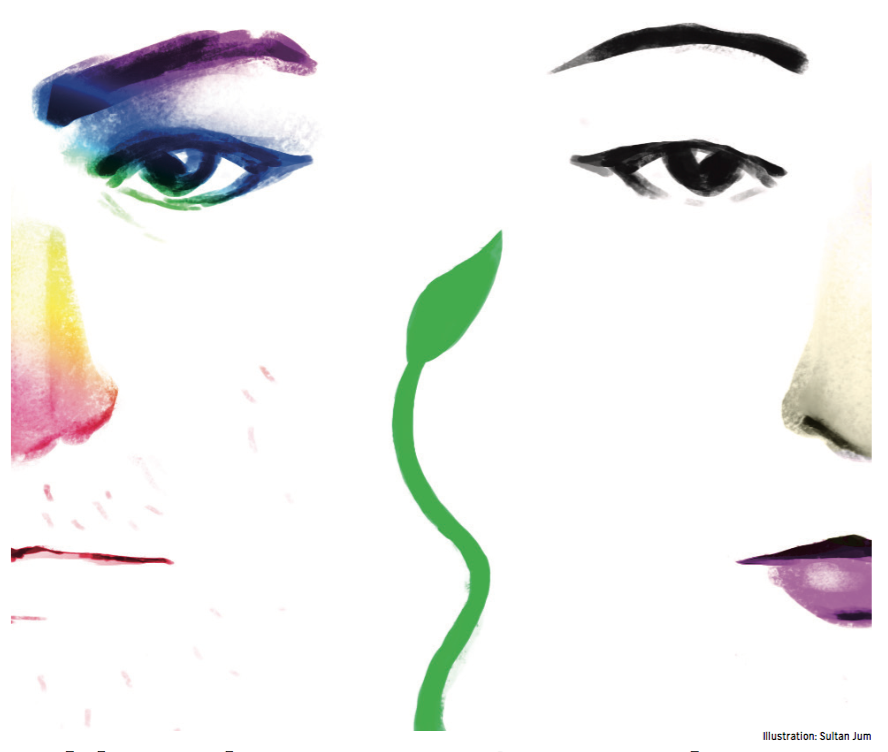By Vanessa Broadbent (The Cascade) – Email

Both UFV and the Student Union Society (SUS) have had their setbacks when it comes to supporting the LGBTQ+ community on campus, and for the first time in a long time, it looks as if things are moving forward.
UFV is creating a pride crosswalk (which will be covered in future issues of The Cascade) near the entrance to A building, and SUS decided at their monthly board meeting on Monday, July 25 to dedicate two rooms on the second floor of the Student Union Building (SUB) for a pride centre and a women’s centre. The former food services office space across from the Canoe, which is now being used as storage space, will become the UFV Pride Centre, while one of the two clubs and associations rooms will be the new UFV Women’s Centre.
Kyle Stamm, a member of UFV’s Pride Collective, explained to the SUS board at the meeting that he had been told by UFV admin that, since the centres are not considered academic, they would need to be implemented by SUS rather than the university.
While UFV isn’t completely wrong with this statement, it doesn’t align with their other initiatives, such as the newly implemented experiential learning and wellness fee. Although a large portion of the fee will be supporting learning initiatives, such as increasing co-op opportunities for students and expanding the Coast Capital Peer Resource Centre, the wellness portion of the fee does not. Instead, this portion of the fee, which is intended to “recognize the whole student,” as explained by UFV’s vice president students Jody Gordon, will expand campus recreation and possibly even workshops or events surrounding health and nutrition.
If UFV is going to stick by its statement that the centres are not academic and therefore cannot be a university initiative, it needs to rethink the direction that it is taking with the new fee.
While the pride or women’s centres may not be directly linked to students’ academic performance, they benefit them in the same way that workshops on health and nutrition would, arguably much more so. It may not necessarily be the responsibility of the university to make sure that its students are healthy, but it is its responsibility to ensure students are safe and supported on campus.
Ultimately, everyone within the UFV community wants students to feel comfortable and accepted on campus. From UFV’s work on a new sexual assault and violence policy (see page 4), to the Peer Resource Centre’s training, which includes material surrounding sexual consent and assault, there’s discussion all around campus on how to make the university a safe space. But rather than leaving SUS to be the ones creating the centre, the UFV community should come together in support of this initiative.
While I don’t doubt that SUS will follow through with the creation of the centres, former projects, such as the Equalities Resource Centre, which was a similar initiative that never came to fruition, show that creating and maintaining these spaces can be easier said than done.
At the end of the day, both the pride and women’s centres are not only necessary, but long overdue, and kudos to SUS for being the ones to step up to the plate and finally make it happen.


